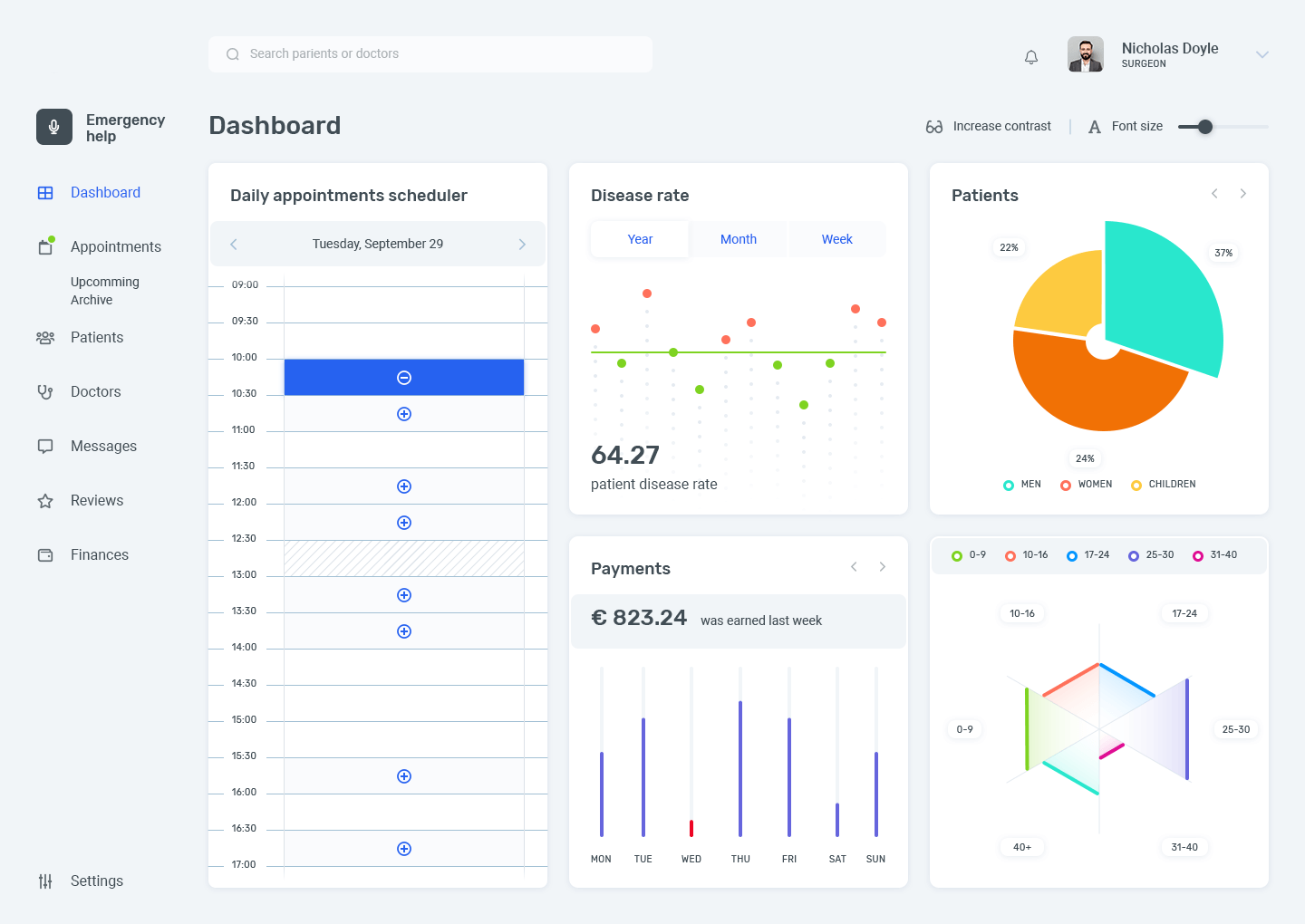Media Company Enhances Reach with Custom OTT Streaming App
- Mobile App
A leading global pharmaceutical manufacturer with over $ 200 Million in annual revenue. They implement a comprehensive transformation strategy that yielded significant improvements in product quality, cost reduction, and supply chain efficiency.
Our client is a renowned global pharmaceutical manufacturer, specializing in the research, development, and production of innovative medicines and vaccines. However, their legacy IT infrastructure, particularly their SaaS applications, was becoming a bottleneck, impacting efficiency and scalability.
The primary objective of the project was to modernize the client’s legacy SaaS applications to enhance performance, scalability, and security while reducing operational costs. The scope included:
Migrating existing applications to a cloud-native architecture (Azure).
Enhancing the user experience with modern interfaces.
Integrate with new APIs and microservices.
Implementing robust data security measures.
Integrating advanced analytics and reporting capabilities.
Ensuring regulatory compliance with Pharmaceutical industry standards.

| Milestone | Tasks | Timeline | Responsible |
|---|---|---|---|
| Assessment and Planning | – Conduct assessment of existing infrastructure – Identify areas for improvement – Risk analysis and mitigation planning |
Week 1-2 | Project Manager, IT Team |
| Migration to Cloud | – Set up AWS environment (EC2, S3) – Plan and execute migration strategy – Validate data integrity post-migration |
Week 3-5 | Cloud Architects, IT Team |
| Containerization and Orchestration | – Containerize applications using Docker – Set up Kubernetes clusters (EKS) – Deploy containers to Kubernetes |
Week 6-8 | DevOps Engineers, IT Team |
| Microservices Architecture | – Refactor monolithic application into microservices – Implement API Gateway – Set up service mesh (Istio) |
Week 9-11 | Development Team, Architects |
| Serverless Functions | – Identify functions to be serverless – Implement AWS Lambda functions – Integrate with AWS API Gateway |
Week 12-13 | Development Team, Cloud Architects |
| Database Modernization | – Migrate databases to AWS RDS for PostgreSQL – Implement DynamoDB for NoSQL requirements – Test and validate database performance |
Week 14-16 | Database Administrators, IT Team |
| CI/CD Pipeline | – Set up CI/CD pipeline with Jenkins – Implement infrastructure as code using Terraform – Automate deployments with AWS CodePipeline, CodeDeploy |
Week 17-19 | DevOps Engineers |
| Monitoring and Security | – Implement monitoring with Prometheus and Grafana – Set up logging and alerts – Configure security protocols with AWS IAM, KMS, and AWS Config |
Week 20-22 | Security Team, IT Team |
| Testing and Optimization | – Conduct unit, integration, and load testing – Optimize application performance based on feedback – Continuously monitor and improve |
Week 23-25 | QA Team, Development Team |
| Data Analytics and ML | – Integrate AWS Glue for ETL processes – Set up AWS SageMaker for machine learning models – Validate analytics and ML models |
Week 26-28 | Data Scientists, IT Team |
| Collaboration and Project Management | – Use Jira for project tracking – Facilitate communication through Slack – Regular progress review meetings |
Ongoing | Project Manager, All Teams |